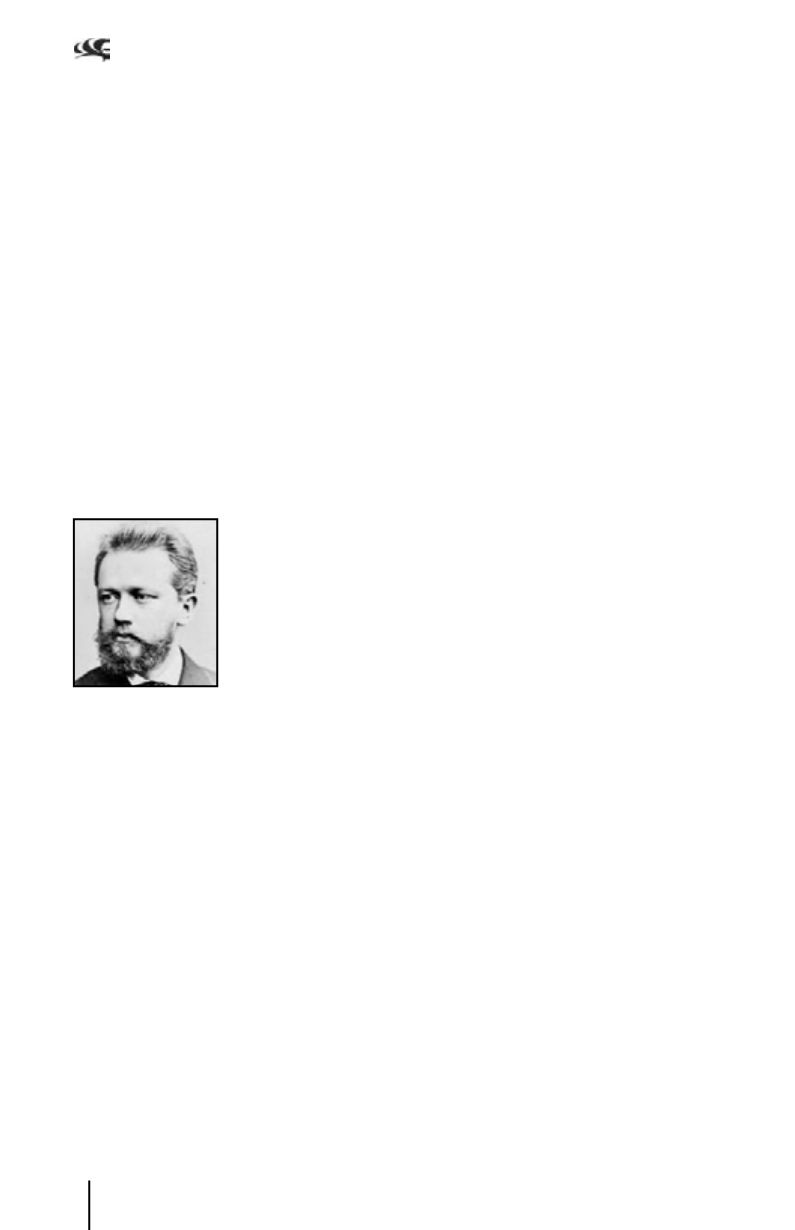
A8 2013 Program Notes, Book 1
was, of course, a quick study at everything that he did, and each of these works builds
on the knowledge gained from its predecessors. It was with the last three (K. 216, 218,
219)
that something more than simple experience emerged, however, because it was
with these compositions that Mozart indisputably entered the era of his musical maturity.
These are his earliest pieces now regularly heard in the concert hall, and the last one,
No. 5 in A major, is the greatest of the set.
The opening movement is in sonata-concerto form, but has some curious structural
experiments more associated with the music of Haydn than with that of Mozart. After the
initial presentation of the thematic material by the orchestra, the soloist is introduced
with the surprising device of a brief, stately Adagio. When the Allegro tempo resumes,
the soloist plays not the main theme already announced by the ensemble, but a new
lyrical melody for which the original main theme becomes the accompaniment. More
new material fills the remainder of the exposition. The development section is invested
with passages of dark harmonic color which cast expressive shadows across the generally
sunny landscape of the movement, and lend it emotional weight. The recapitulation calls
for restrained, elegant virtuosity from the soloist. The second movement is a graceful
song in sonatina form (sonata-allegro without development). The final movement is an
extended rondo in the style and rhythm of a minuet.
Symphony No. 4 in F minor, Op. 36 (1877-1878)
Peter Ilyich Tchaikovsky (1840-1893)
Tchaikovsky’s Fourth Symphony is scored for pairs of woodwinds
plus piccolo, four horns, two trumpets, three trombones, tuba,
timpani, percussion and strings. Performance time is 44 minutes.
The Grant Park Orchestra first performed this Symphony on
September 8, 1935, with Frederick Stock conducting.
The Fourth Symphony was a product of the most turbulent
time of Tchaikovsky’s life — 1877, when he met two women who forced him to evaluate
himself as he never had before. The first was the music-loving widow of a wealthy
Russian railroad baron, Nadezhda von Meck, who became the financial backer who
allowed him to quit his irksome teaching job at the Moscow Conservatory. Though
they never met, her place in Tchaikovsky’s life was enormous and beneficial.
The second woman to enter Tchaikovsky’s life in 1877 was Antonina Miliukov, a
student in one of his large lecture classes at the Conservatory who had worked herself
into a passion over her professor. Tchaikovsky paid her no special attention, and he had
quite forgotten her when he received an ardent love letter professing her flaming and
unquenchable desire to meet him. Tchaikovsky (age 37), who should have burned the
thing, answered the letter of the 28-year-old Antonina in a polite, cool fashion, but did
not include an outright rejection of her advances. He had been considering marriage
for almost a year in the hope that it would give him both the stable home life that
he had not enjoyed in the twenty years since his mother died and help dispel rumors
of his homosexuality. He believed he might achieve both these goals with Antonina.
What a welter of emotions must have gripped his heart when, just a few weeks later, he
proposed marriage to her! Inevitably, the marriage crumbled within days of the wedding
amid Tchaikovsky’s searing self-deprecation.
It was during May and June that Tchaikovsky sketched the Fourth Symphony,
Wednesday, June 12, 2013


